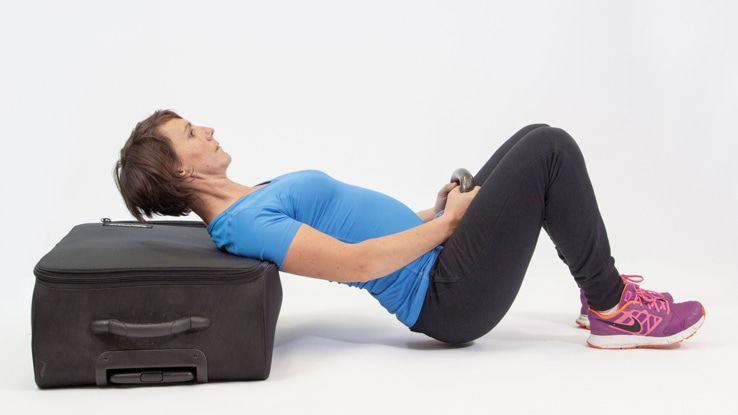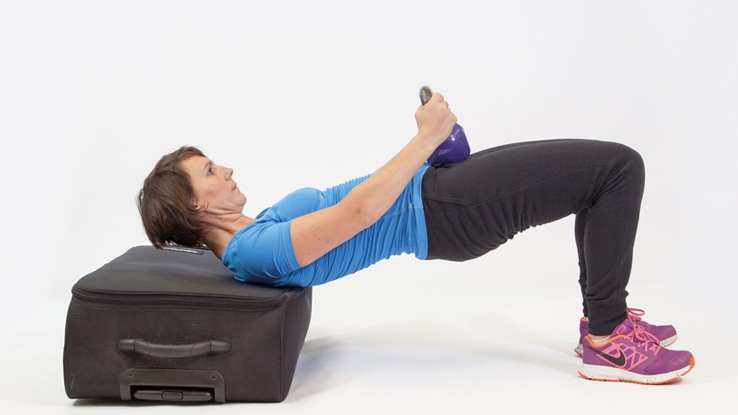Fitness for golfers: Get fit for the new year
Single leg squats

TARGETS
Another great exercise for strengthening the gluteal muscles is single leg squats. They help develop hip stability and prevent lateral movements such as swaying into your backswing or a slide in your downswing.
TECHNIQUE
I would advise most people to start by using a stability ball against a wall as this will provide support for the raised leg. Holding out a light weight can also make it easier as it acts as a counterbalance.
Always ensure that your pelvis is level and your knee tracks in line with your foot on the working leg. If you are finding this difficult then regress the exercise as detailed above. If you are performing normal goblet/front/back squats in your gym programme, start to include the single leg squats so that you can develop symmetry between your two legs, lateral stability and balance.
DO
Perform 2-3 sets of six to eight reps on each leg to begin with.
Hip thrusts
TARGETS
The gluteal muscles are often referred to as the ‘King of the Swing’ because they help keep your hips stable during the golf swing. They also help you to keep your posture and generate power in the downswing. The hip thrust is a great exercise for strengthening the gluteal muscles and achieving optimal hip extension.
TECHNIQUE
Rest your shoulders on a bench or a stable surface that will support your weight and ensure that your feet are directly below your knees. From a stable position with your hips lowered, squeeze your glutes so that your hips extend upwards into a flat position. You should feel the majority of the work in your buttocks. To begin with, hold a kettlebell or weight plate on your lap, then and as you get stronger you can progress to a barbell and add more weight.
DO
Perform two-three sets of 12 reps.
Squat jumps

TARGETS
As well as building strength in the pelvis, we also want to increase explosive power and what is called vertical thrust. Vertical thrust ability has a direct relationship with clubhead speed, so it is something that golfers should try to work on. Jump squats require no equipment and are a great way of developing this.
TECHNIQUE
To perform a jump squat, stand with your feet slightly wider than shoulder width apart, then squat down whilst keeping your core engaged and back straight. You then want to jump as explosively and as high as possible so that you can fully extend your ankles, knees and hips; use your arms to generate momentum. Land as softly as possible and ensure that your knees do not collapse inwards. Upon landing, you want to make the contact time as short as possible before you explode upwards again.
DO
Start by doing about six to eight reps. Any more than this can result in fatigue and loss of power.











